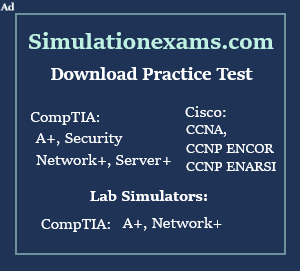Spread Spectrum Communications: Important Spread Spectrum Terms
6. Important Terms
1. Spread Spectrum: Spread spectrum is a technique that spreads the bandwidth of the desired signals over a very wide band of frequencies by modulating the data. At the receiving end, the original data is recovered by de-spreading the modulated signals.
2. Baseband: The band of frequencies that the original data occupies.
3. Carrier: The frequency of a modulating signal or a local oscillator that is used to convert the base band signals to a higher frequency to transmit over a medium, such as air or cable.
4. Data rate: The rate of transmission of data bits. This is typically measured in bits/sec, or Kbps/sec or Mbps/Sec, or Gbps/Sec.
5. Chip rate: The rate of transmission of code bits. The term "chip" is used to distinguish the code bits from that of data bits.
6. PN Sequence: As the name implies, this is a pseudo code that satisfies a given set of mathematical requirements such as auto-correlation, cross-correlation properties.
7. PN Generator: A mechanism that generates a PN sequence.
8. DS-SS: Short of Direct Sequence Spread Spectrum (also represented as DSSS).
9. FH-SS: Short for Frequency Hopping Spread Spectrum (also represented as FHSS).
10. TH-SS: Short for Time Hopping Spread Spectrum (also represented as THSS)
11. Auto Correlation: It is the correlation of a received signal with itself. Normally, one component of the spread spectrum signal is received from a transmitter, and compared with a locally generated spread signal. For faithful reproduction of received spread spectrum signals, autocorrelation must meet the minimum threshold requirements.


